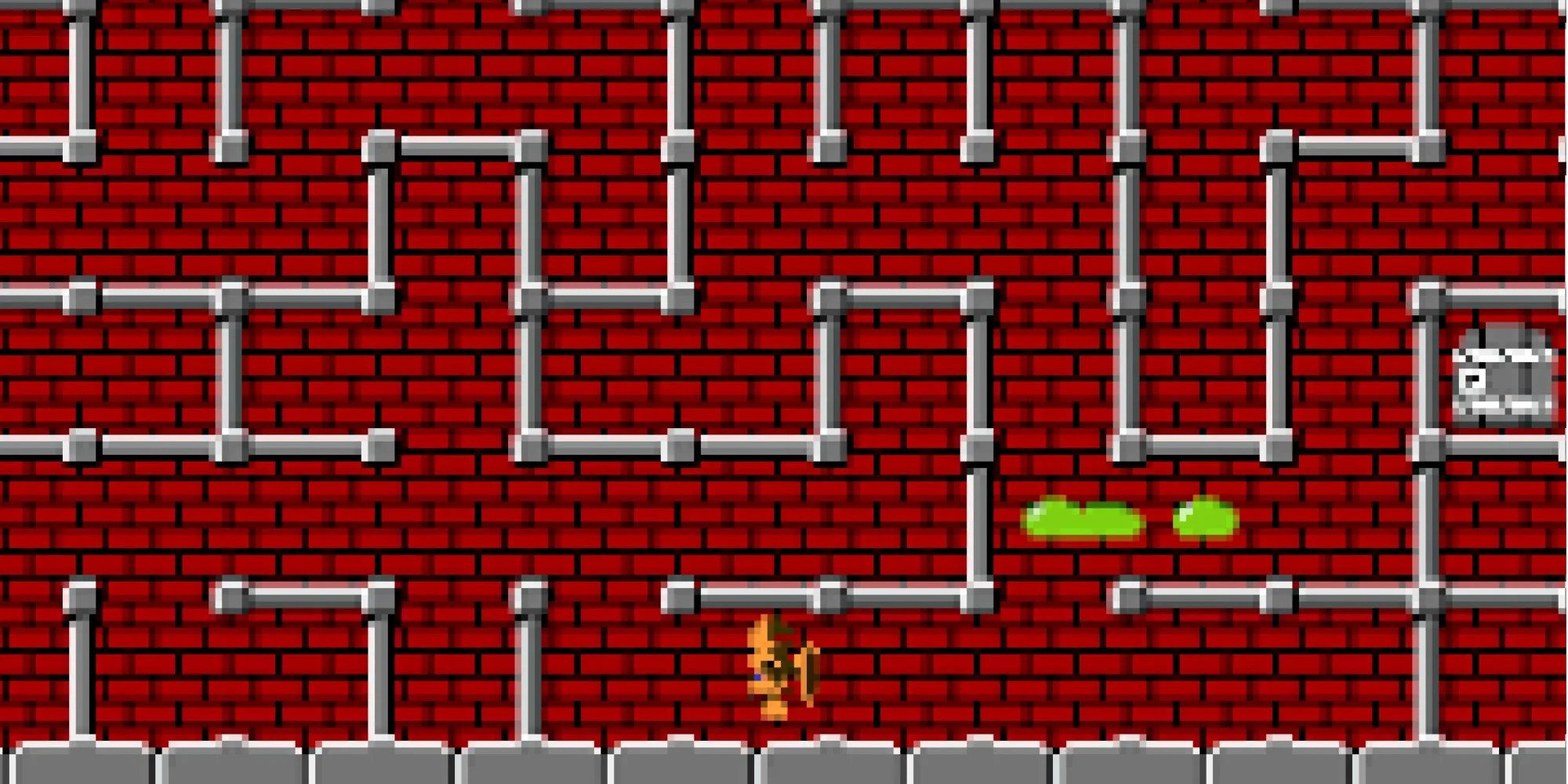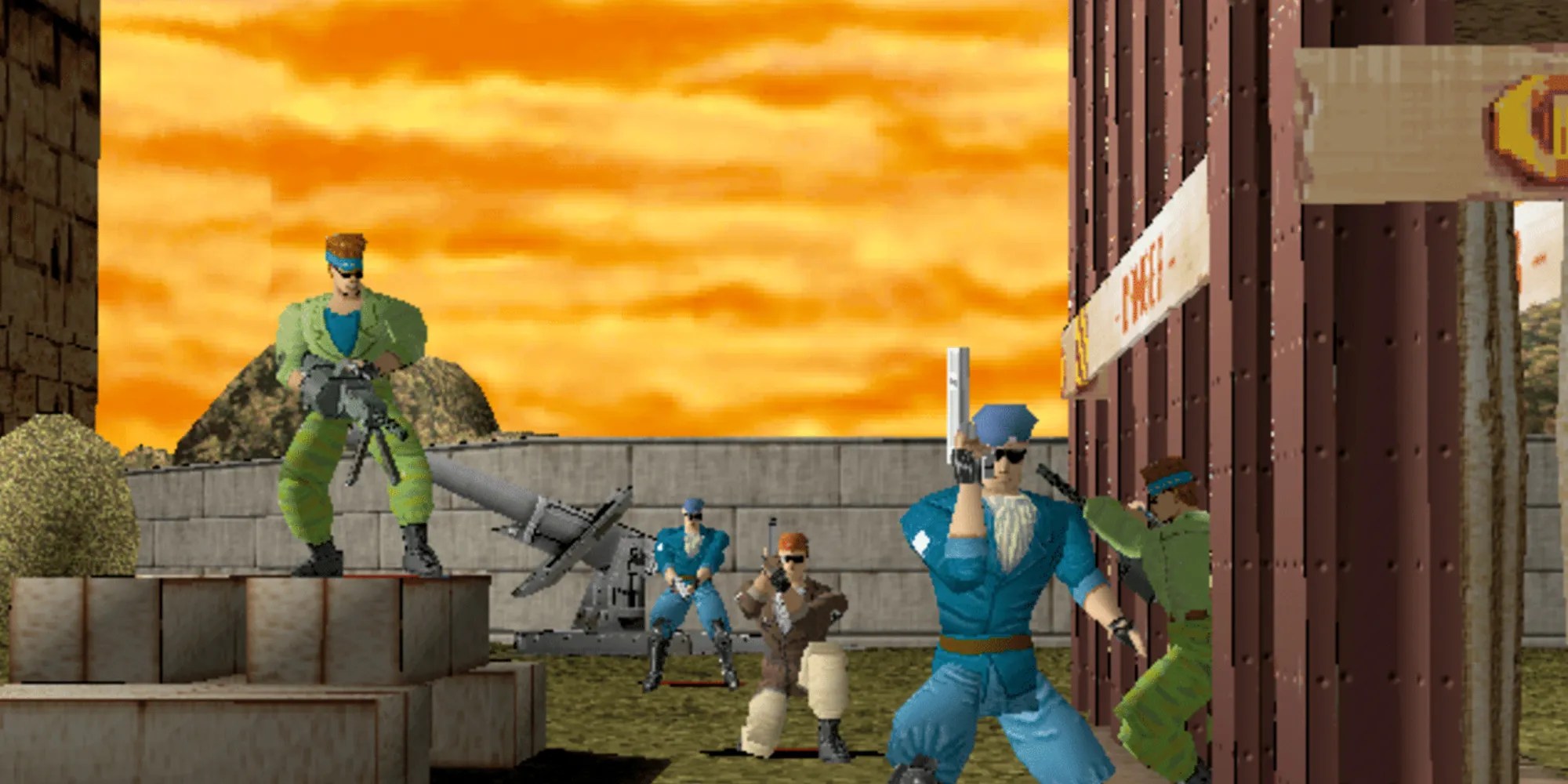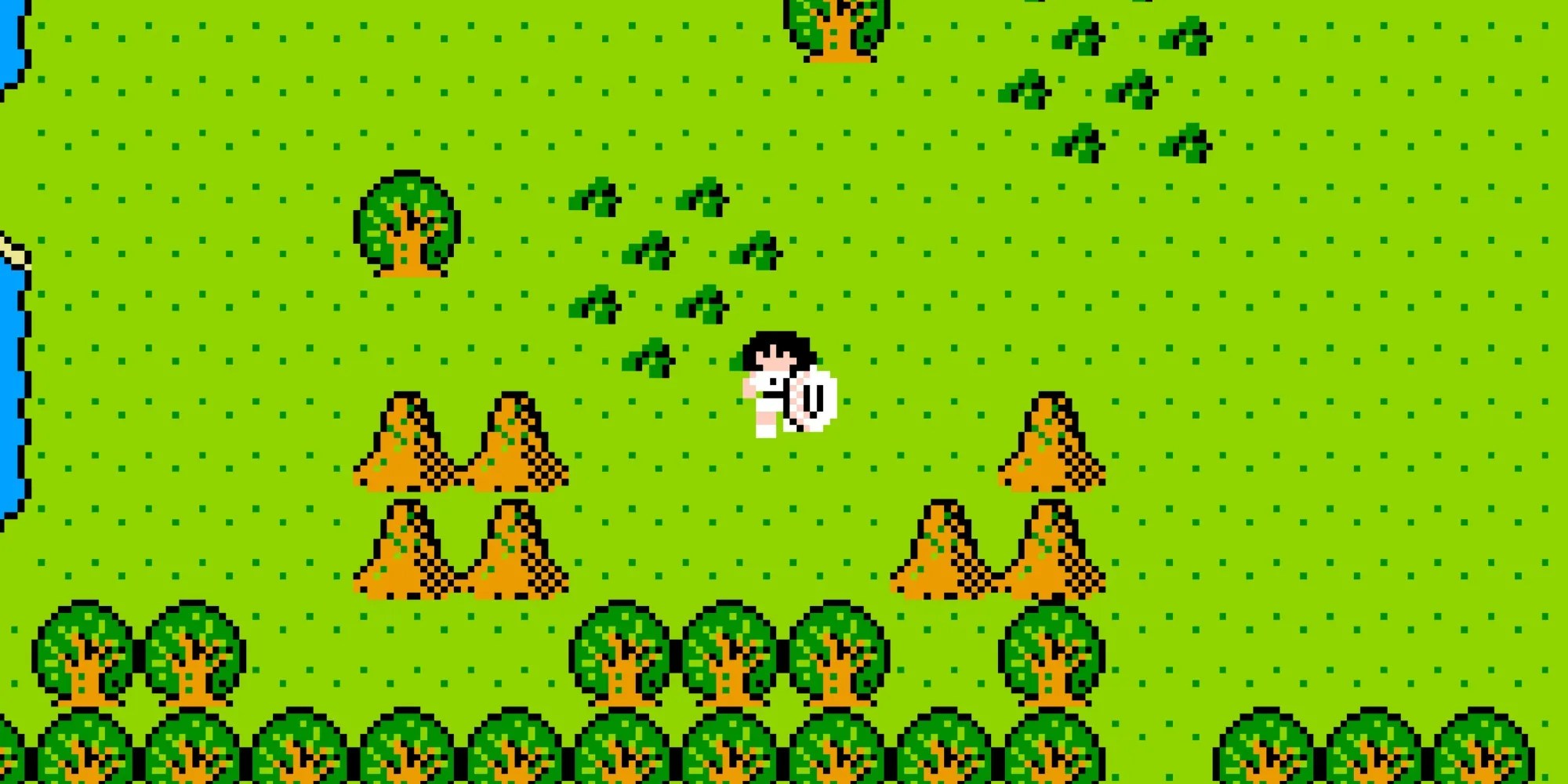Namco began as a company in 1955 while Bandai began in 1950. They formed a union in 2006 under the name Namco Bandai which was later changed to Bandai Namco. Together and separately, they have made a ton of franchises and standalone games.
For example, the.hackseries began in 2002 in Japan with.hack//Infection. Even though the last new game was in 2012 via.hack//Versus, the series is still remembered thanks to an HD remaster of the.hack//G.U.trilogy in 2017 and 2022. These other franchises have not been as lucky and haven’t received anything in over a decade from simple ports to remasters to new games. Let’s explore some Bandai Namco history.

8Babylonian Castle Saga
A Legendary Dungeon Crawler
Babylonian Castle Sagais the technical name for the franchise but most may know it by another name,The Tower of Druaga. That was the title of the first game that hit arcades in 1984 and the title just stuck around in pop culture. It was anearly dungeon crawlerwith plenty of traps and monsters around every corner.
The series would evolve in arcades and on consoles over the years into more RPG and roguelike territories. One of the last new games in the series wasThe Labyrinth of Druagain 2011 which was a Japan-only mobile game.

Bullet Time And Dogs
Dead to Rightsbegan in 2002 and wasa decent third-person shooterfor the early era of PS2 games. It was in the same vein asMax Paynewith plenty of shootouts and diving around corners to get the drop on enemies.
The big difference between other action games at the time was that the hero was accompanied by a dog. This dynamic would continue into the sequels and the last new game to ship wasDead to Rights: Retributionin 2010 for the PS3 and Xbox 360. None of theDead to Rightsgames reviewed extremely high but the series must have sold decently enough to get the handful of games as it did.

Project X Zonewas a spiritual successor to a one-off collaboration between Namco and Capcom aptly titledNamco X Capcom. That was a Japan-only PS2 game in 2005 andProject X Zonewas a 3DS game that was released in 2013 in the West which was a year after Japan. LikeNamco X Capcom, it was acrossover strategy RPG. Players could control a variety of characters from Bandai Namco, Sega, and Capcom franchises likeTekken,Yakuza, andMega Man.
It got one sequel, also on the 3DS, which was a 2016 game in the West, once again following Japan by a year. With so many cooks in the kitchen between publishers and developers, it’s easy to see why the franchise didn’t continue.

5Ridge Racer
Before Forza and Gran Turismo
Who could forget theRidge Racermeme that popped up during Sony’s E3 2006 presentation? “Riiiidge Racer!” It was a classic disaster butRidge Racerwas a big deal for a time. The first game hit arcades in 1993 and PS1 players got to experience it in 1994 in Japan and 1995 elsewhere.
It was thebig racing franchisebeforeGran Turismogot going on PlayStation consoles orForzagot running on Xbox systems. Slowly the series started to die and 2016 was the end of it all.Ridge Racer Draw and Driftwas a 2016 mobile game and the last new console game wasRidge Racer Unboundedin 2012 for PC, PS3, and Xbox 360.

4Tales Of The World: Radiant Mythology
A Crossover Dungeon Crawler For Tales Fans
TheTalesseriesbegan on the SNES in 1995 in Japan and the franchise has hit almost every console since. For as old as the series is, there aren’t many spinoffs or at least there aren’t compared to competitors likeFinal Fantasy.Tales of the World: Radiant Mythologyis the one big one that stands out which has a decent legacy. It was a PSP dungeon crawler that crossed over characters between the main games, which was a treat for fans. It got two sequels, also for the PSP, but they were exclusive to Japan. After the third game in 2011, that was seemingly it for these spinoffs.
Time Crisiswas a classic series that began in arcades. They wereon-rails light gun gameswith the gimmick revolving around a pedal. If players stepped on it, they would take cover, which predated cover-based systems in games likeGears of Warwhich largely popularized the mechanic.

The series did not ship with a pedal for console adaptations, but they were still fun to play. The only exception is the last release in 2015,Time Crisis 5: True Mastermind, which has not made it out of arcades yet. It seems fitting thatTime Crisisstarted in arcades and it died in arcades.
2Valkyrie No Boken: Toki No Kagi Densetsu
The Legend Of Norse Mythology
TheValkyrieseries is largely unknown outside of Japan.Valkyrie no Boken: Toki no Kagi Densetsuwas released in 1986 for the NES and it is kind of likea Norse-based takeonThe Legend of Zelda.Valkyrie no Densetsuwas the first sequel and it was an arcade game.
It is the only one to be released in North America and that arcade version got a direct port to the Switch in 2022, but no work was done to improve it. Most digital game stores have a bevy of arcade games that get put up and are forgotten almost immediately. Besides that, the last real entry wasThe Glory of Walkure 2in 2009 which was a Japan-only mobile game.

Xenosaga Episode 1: Der Wille zur Machtis a heck of a name for what would become a trilogy of turn-based RPGs. They were developed by Monolith Soft, which has since gone on to be backed by Nintendo, publishing theirXenobladegames.
Bandai Namco still holds the rights to Xenosaga though, and fans would surely appreciate the trilogy getting HD remastered. The series began in Japan in 2002 and ended four years later in 2006. Besides the main three games, there was also a mobile spinoff, a DS remake of the first two games combined, and an anime. It was a series that got a lot of content over a short amount of time.
